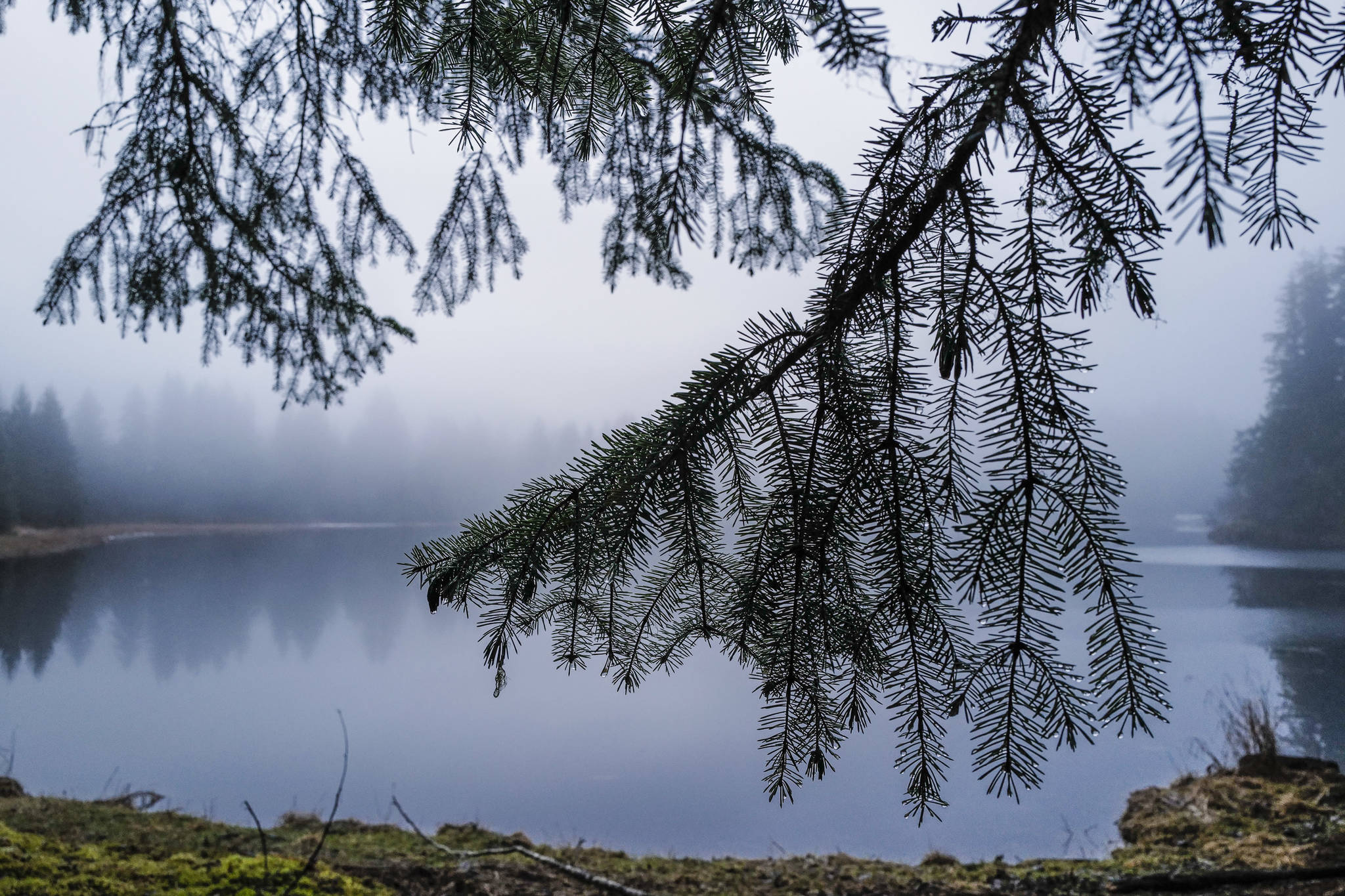The My Turn by Wayne R. Nicolls, published in the Empire Dec. 5, states that “Old-growth has limited value as habitat. It provides cover, very little forage…”
Research has shown that, indeed, old-growth forest can provide cover (e.g., for wintering deer). Furthermore, the big trees intercept lots of snow, creating snow-free patches under the trees where understory plants (such as bunchberry, goldthread, five-leaf bramble, and blueberry) actually provide more deer forage than is available in most second-growth.
But deer are just one species; what about other wildlife?
Old-growth forest provides a variety of resources that second-growth lacks. The cone crops on mature trees support birds and squirrels. The dying and dead trees bemoaned by Nicolls are fine places for nesting woodpeckers and chickadees. When those old trees fall, the logs add structure to the understory, which is useful for cover and foraging for wrens and small mammals; stumps and logs can provide favorable habitat features for red-backed voles and marten. Marten and flying squirrels generally occur in higher densities in old-growth forest than in second-growth, because more food, nesting sites (tree cavities for the squirrels), and winter resting sites (decaying stumps and logs for marten) are available.
Large fallen trees also open up a gap in the canopy—a light gap that allows the growth of deciduous shrubs, including berry bushes whose fruits feed bears, marten, some small mammals, and many birds. A good-size light gap may encourage occupation by sparrows and other birds that like that kind of habitat. In short, the heterogeneity of old-growth forest fosters wildlife diversity.
In contrast, young post-clearcut second-growth forest is low in diversity and wildlife. The even-aged trees form a dense, closed canopy that blocks sunlight, so critical understory food plants are scarce. Habitat diversity is severely limited: standing-dead trees are rare or absent; light gaps are typically absent; decaying logs are scarce; shrubs for nest sites of some birds are rare. These conditions are not good for wildlife, which is one reason why forest managers sometimes thin second-growth stands.
A walk through an old-growth forest and a walk through young second-growth forest are two entirely different experiences for anyone that pays attention to the surroundings. Research has documented the obvious (and some not-so-obvious) differences between the two kinds of forest in the value for wildlife.
• Mary F. Willson is a retired professor of ecology, with many years of research experience, who lives in Juneau. Katherine M. Hocker is a naturalist, with many years of exploring the Tongass forest, who lives in Gustavus. Columns, My Turns and Letters to the Editor represent the view of the author, not the view of the Juneau Empire.

